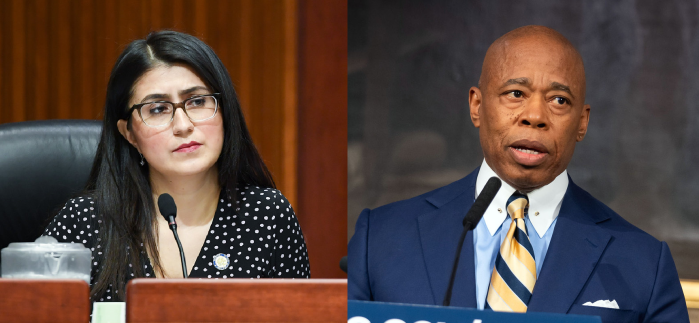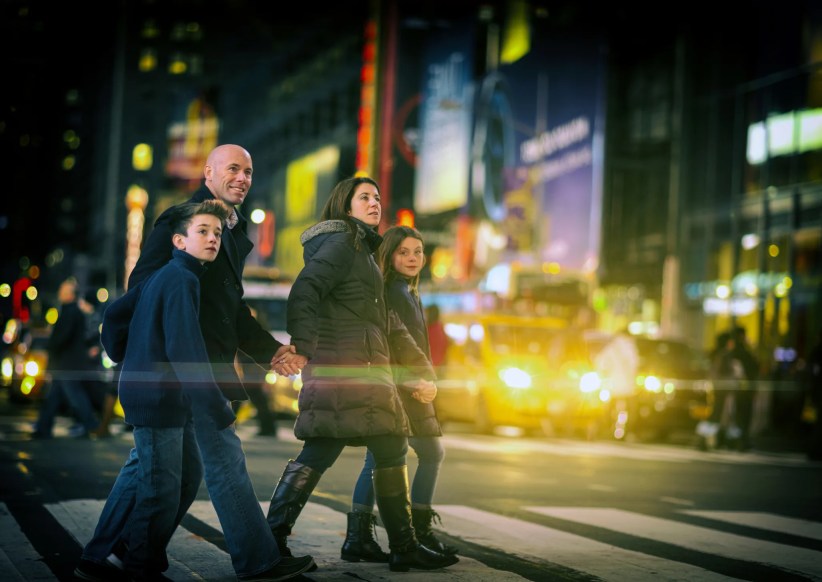By Tom Momberg
Space exploration for public schools was limited to field trips to the planetarium in the 20th century. But now virtual reality technology is bringing the planetarium to the classrooms — like those at PS 213 in Oakland Gardens.
On Karen Glover’s fifth-grade class’s mission to Mars Wednesday, kids held cardboard glasses strapped to mobile devices up to their eyes as she walked them through their exploration of the surface of the fourth rock from the sun.
As the children wondered why, the atmosphere in the images they were looking at was white and gray and the ground was red all the way to the horizon. Glover encouraged them to seek out their own answers.
“Think about it — when you’re standing on earth and you look up, what do you see? The sky,” she said. “So when you’re looking around on Mars out at the horizon, what do you see? Space. Why is that?”
Student Jalen Gentry was quick to answer.
“It’s because there isn’t as much atmosphere on Mars, so the sky isn’t blue,” he said.
“And what element is it that makes the rocks on Mars red,” Glover asked — and Gentry replied, “iron.”
The day’s lesson in space travel also took Glover’s students to the surface of the moon and allowed them to see panoramic views of star systems and planets using satellite and probe images stitched together for Google’s new products — which the Carl Ullman school is one of the first to use.
Google Cardboard and Google Expedition kits, which the tech company is currently piloting in about 50 city schools, allow teachers to guide their students through images of the ocean, space and unique landforms from around the world via a mobile tablet.
Google is doing this before its winter release of a new mobile app that will allow consumers and educators alike to explore still images and video using the cardboard headsets.
“We take our kids on a lot of field trips, but this gives us the opportunity to bring them to a lot of places we wouldn’t otherwise be able to see,” PS 213 Principal Megan McCauley said. “From an educator’s perspective, the technology is very user friendly. It allows teachers to edit the notes, so they can build on what they are doing and discussing in their classrooms.”
The guidance technology for a Google Expedition kit also provides pre-populated questions that teachers can edit, and can be set to a student’s ability at different levels of critical thinking.
Jalen said he would be the first to get the mobile application when it gets released — he loved the technology and said he sees unlimited possibilities for it. “The phone has a very small screen, so if you are looking closer into it as a virtual reality headset, then it allows you to see more than what you can see on a regular phone, or even on a computer screen (or map),” Jalen said.
The school’s exploration of Google’s new technology even caught the attention of state Assemblywoman Nily Rozic (D-Flushing), who stopped in at Glover’s class to check out Google Cardboard herself.
“It seems like a really significant tool to use both in and outside of the classroom,” Rozic said. “I think it expands creativity and broadens the way kids understand the world.”
Visit https://www.googl
Reach reporter Tom Momberg by e-mail at tmomb

































